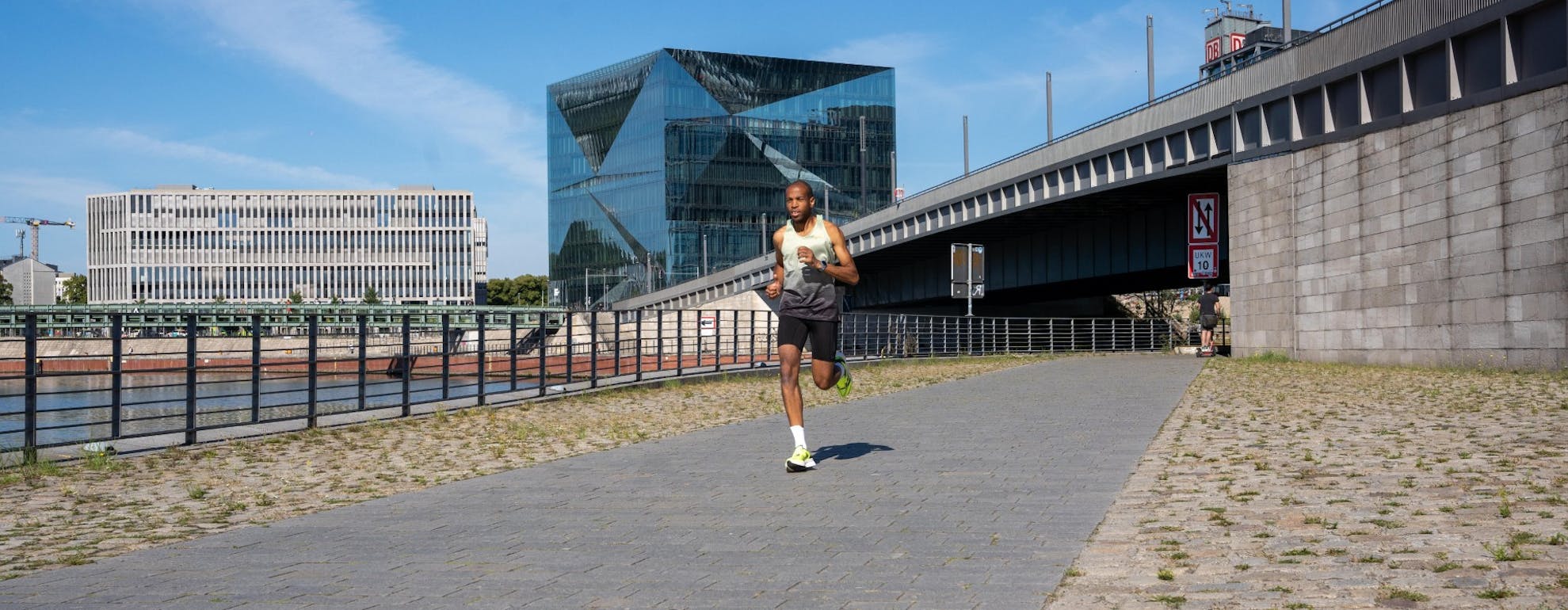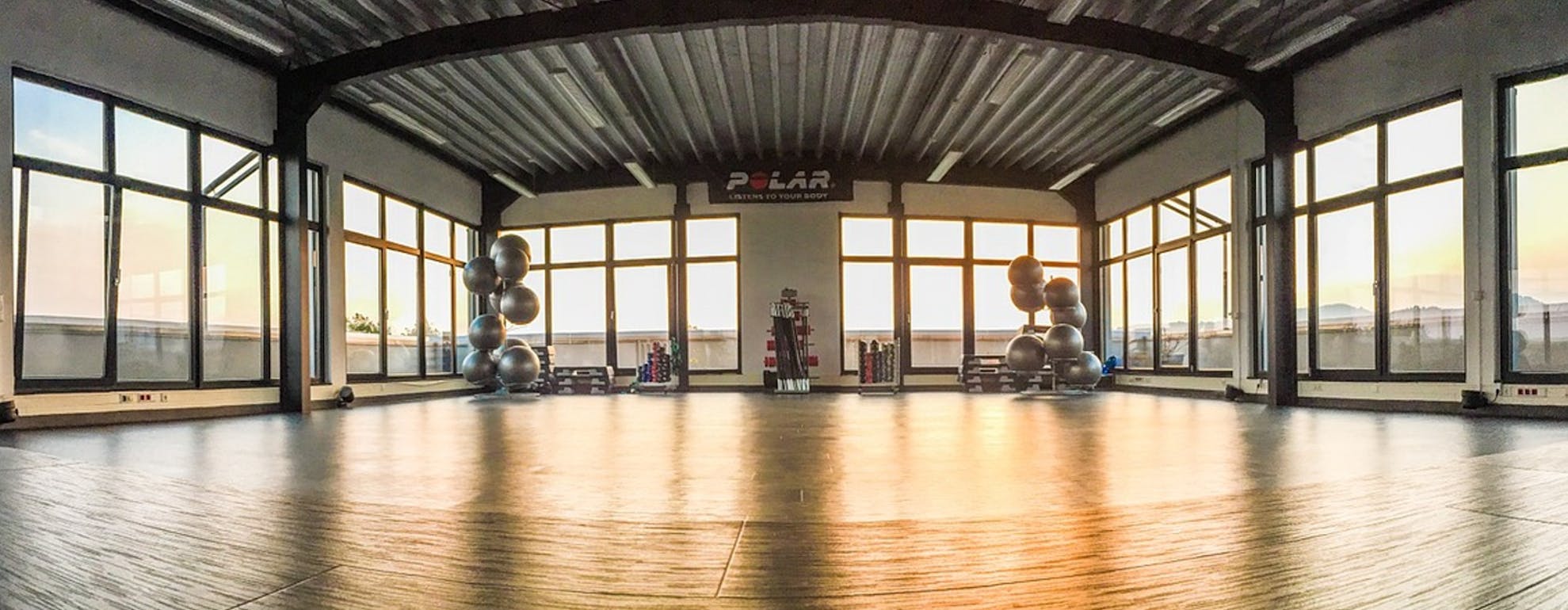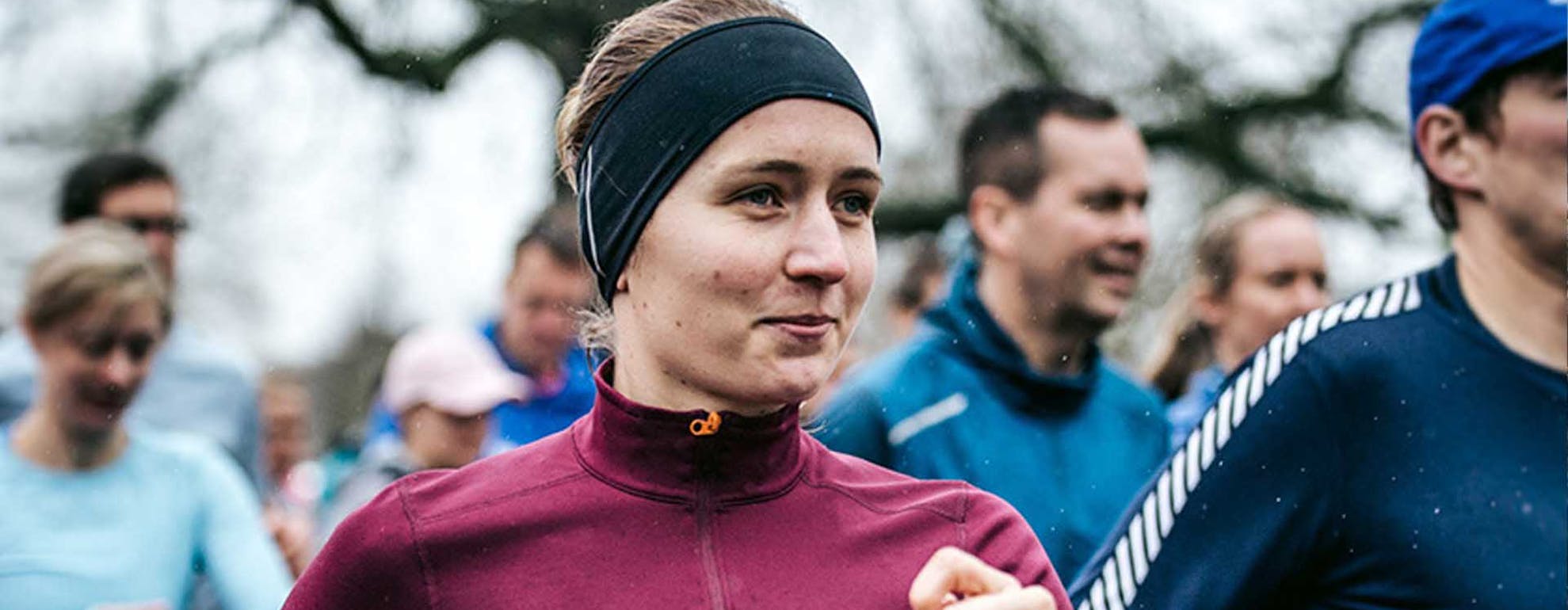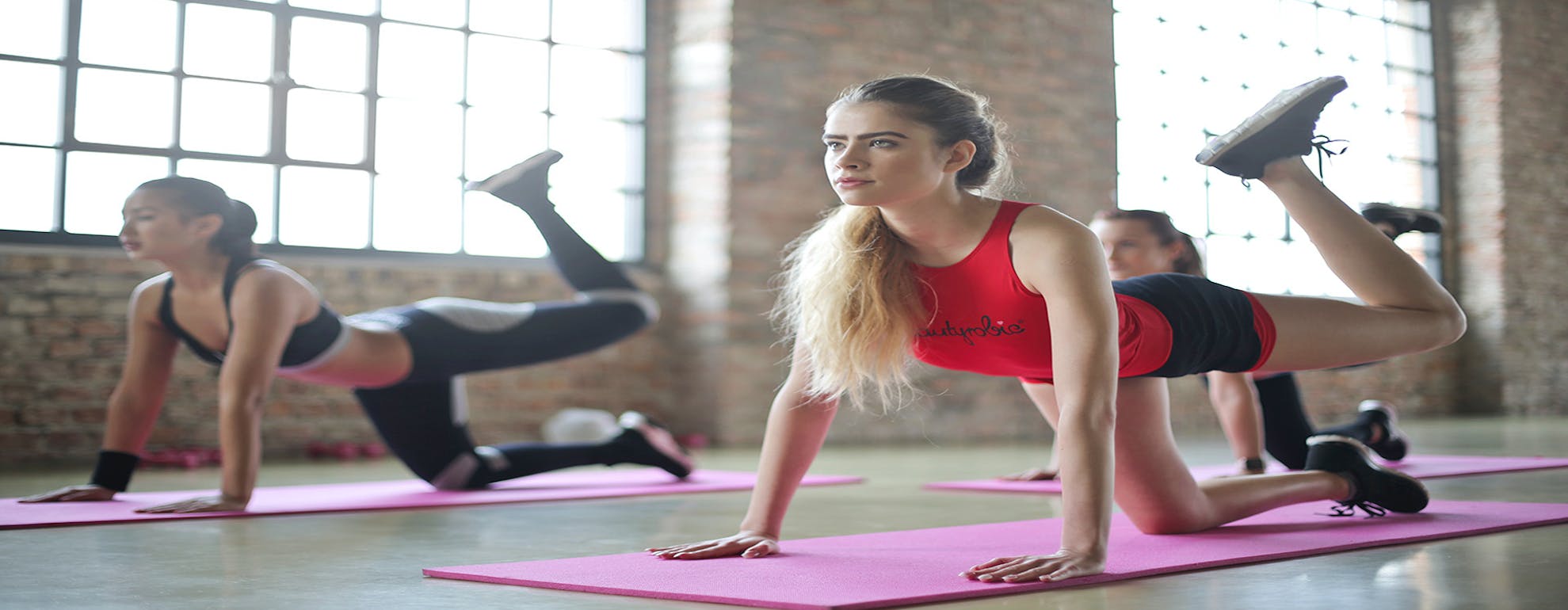
Training
Beginners Guide to Pilates
Designed to build core strength, flexibility and muscle balance, Pilates is an exercise method employed by ballet dancers, athletes and even those in injury rehab to condition and strengthen the body. But Pilates isn’t only for the professionals – here’s how it can improve your physical strength, wellbeing and athletic performance.
ㅤ
WHAT IS PILATES?
Pilates is a form of exercise aimed at developing core strength and flexibility by conditioning the entire body utilising a series of precise, controlled movements. With a focus on correct posture, the alignment of the spine and coordinated deep breathing, Pilates engages the body’s deep stabilising muscles in a gentle but effective way that improves overall fitness and wellbeing, in addition to developing overall motion awareness, form and technique.
The Pilates method was invented in the 1920s by Joseph Pilates, a German physical trainer, while rehabilitating injured soldiers in the UK. With a firm belief in the concept of a balanced body, mind and spirit, he developed a series of exercise techniques that worked to strengthen the body through controlled exercises with minimal impact. From this he developed the exercise method “Contrology” which has evolved into today’s Pilates – a low impact exercise technique that works to develop muscular strength and flexibility and correct imbalances, while developing body awareness and mental focus.
ㅤ
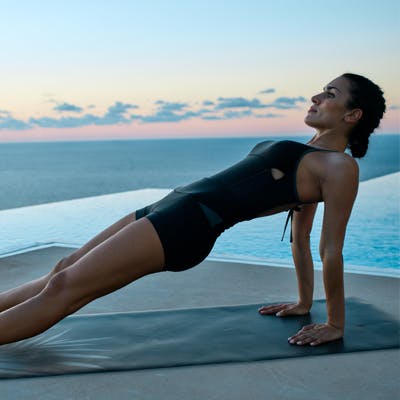
ㅤ
WHAT ARE THE BENEFITS OF PILATES?
ㅤ
A STRONGER CORE
The key foundation of Pilates is a strong core or “powerhouse” from which everything else flows. Pilates recruits and strengthens the body’s deep stabilising abdominal, back and pelvic muscles, building a strong, balanced core and stable centre to work from.
ㅤ
IMPROVED POSTURE
Pilates focuses on your body’s alignment, correctly aligning the spine which, alongside a strengthened, stable core helps promote better balance, coordination and improved posture. Pilates also increases our body awareness and in doing so, makes us more naturally aware of our posture, encouraging us to engage our core and maintain a correct form.
ㅤ
STRONG, LEAN MUSCLES
The exercises we do in Pilates engage not only key muscle groups but also smaller, ancillary muscles which are typically ignored in many other fitness activities, gradually building strength and overall body conditioning. These slow controlled movements and stretches not only strengthen, but also elongate the muscles, for a longer, leaner silhouette.
ㅤ
GREATER FLEXIBILITY & EFFICIENT MOTION
Pilates encompasses slow deliberate stretching while moving fluidly from one movement to the next – all while maintaining good posture, balance, support and control. This encourages efficient body mechanics while boosting flexibility and smooth, fluid motion.
ㅤ
IMPROVED BODY AWARENESS
Pilates movements require intense concentration and mental focus. This trains the mind to maintain a constant awareness of motion and the body’s response. This results in greater control of that motion and results in better form and technique on the whole.
ㅤ
BOOSTED ATHLETIC PERFORMANCE
A strong, flexible body with a stable core and focused mind translates into better athletic performance across a variety of disciplines. Pilates is a great, low impact cross training activity with benefits that are applicable to almost every sport and fitness activity.
ㅤ
REDUCED RISK OF INJURY
It follows from this that Pilates can significantly reduce our risk of injury. Better posture, combined with a strong core and muscles with boosted flexibility result in a conditioned body that is less likely to get injured. Pilates is also frequently used as part of an injury rehab, as a low impact tool to help strengthen the body as it recovers.
ㅤ
IS PILATES FOR ME?
Pilates has something to offer everyone. No matter what our fitness level or ability, we can all benefit from a strong, flexible body and a lower risk of injury. Pilates can be tailored to your individual needs and has even been shown to benefit conditions such as arthritis as part of a structured strengthening programme.
Pilates works particularly well as a cross training tool and complements higher intensity aerobic activity, such as running and other cardio-based activity by helping to strengthen and condition the body.
It’s best to start out under the guidance of an experienced instructor who will check your form and alignment as you carry out the movements. You’re guaranteed to find regular classes at your gym, or local studio with plenty of beginner-friendly classes and courses. Some classes are purely mat-based and catered solely to your own bodyweight, while others also utilise special equipment.
ㅤ
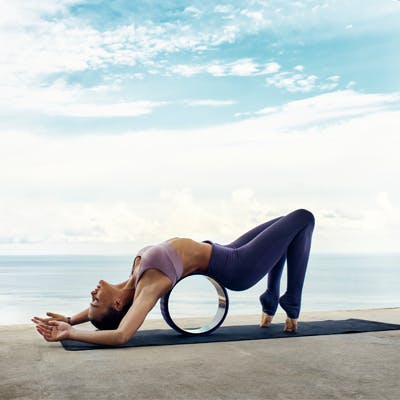
ㅤ
WHAT SHOULD I WEAR FOR PILATES?
Most importantly for Pilates, you need to be able to move freely and without restriction. Look for form fitting active wear that allows your instructor to check your alignment, with 4 way stretch fabric that allows you a full range of motion. It should also be made from breathable fabric that allows sweat to evaporate away from your skin.
Pilates requires focus and attention so avoid low cut tops, shorts that ride up or bottoms that you’ll need to keep hiking up and that distract you from your workout. A form fitting T-shirt or tank, with capri tights or shorts is ideal, and there’s no need to worry about your shoes – bare feet are normal in Pilates class.
Why not take a look at some options here?
ㅤ
KNOW THE JARGON
B.E.A.M - An acronym for the four core principles of Pilates – Breath. Energise. Align. Move.
Barrells - Specialist Pilates equipment that add challenge and variety to your workout
Cadillac - A horizontal table used for Pilates exercises utilising strings and levers, also known as a Trapeze Table.
Centering - Physically and consciously bringing focus to the centre of the body
Foot Walk - A Pilates exercise involving walking on the balls of the feet
Imprinting - Pressing each vertebrae into a flattened position
Inner Eye - Awareness of your body and posture
Isometric Device - A flexible ring with handles used to strengthen the inner thighs, arms and neck
Pilates Stance - Standing with heels together and toes apart
Prone - Lying on your front, face down.
Reformer - A platform with straps, bars and pulleys for support
Scooping your abs - Drawing the abdominal muscles up and in to stabilise the body and support the back.
Supine - Lying on your back, face up
Wunda Chair - Developed by Joseph Pilates himself, the Wunda Chair allows you to add resistance to a huge variety of movements
ㅤ
EXAMPLE PILATES WORKOUT
ㅤ
Looking for some training tips and advice? Then head over to our Training category where our athletes and experts explain everything you need to know.
Welcome
Welcome to the SportsShoes Training Hub! We’ve teamed up with athletes and experts to bring you the very best advice on how to maximise your workouts and achieve your best results.
Read More
Share this
Featured articles
View All

